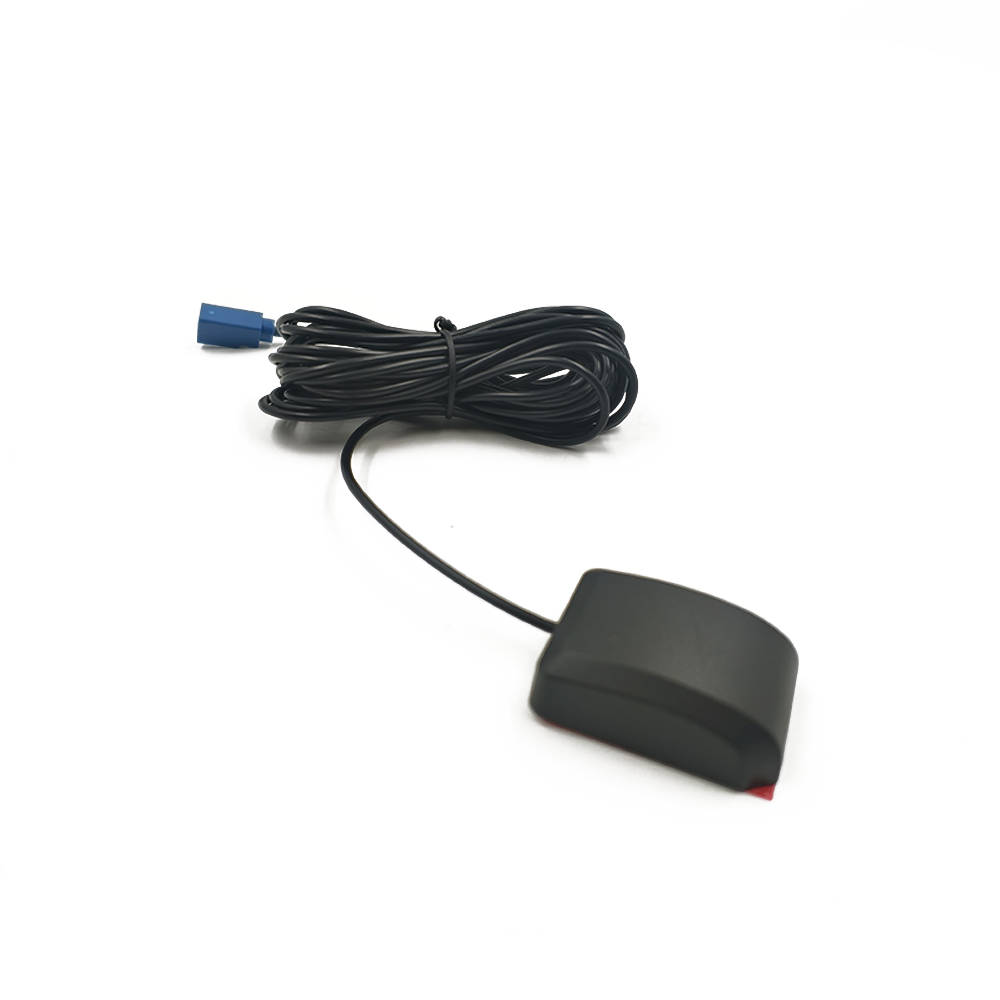Current Applications
Commercial Fleet Management: GNSS antennas are widely used in commercial fleets, including trucks, buses, and taxis, to track vehicle locations, optimize routes, and improve fuel efficiency. The real-time positioning information enables fleet managers to monitor driver behavior, reduce idle time, and enhance overall operational efficiency.
Public Transportation: In public transportation systems, such as buses and trains, GNSS antennas provide accurate positioning information for scheduling, routing, and passenger information displays. This helps improve the reliability and punctuality of public transport services, enhancing the passenger experience.
Emergency Services: GNSS antennas are critical for emergency services, including ambulances, fire trucks, and police vehicles, enabling rapid response to incidents and efficient coordination of resources. The accurate positioning information helps emergency responders navigate to the scene quickly and safely.
Maritime Navigation: In the maritime industry, GNSS antennas are used for navigation, collision avoidance, and port operations. They provide accurate positioning information for ships, enabling safe and efficient navigation in busy waterways and ports.
Aerospace: GNSS antennas are also used in aerospace applications, including aircraft navigation and satellite communication. They provide accurate positioning information for aircraft, enabling precise navigation and landing in all weather conditions.
Future Trends
Integration with 5G and IoT: The integration of GNSS technology with 5G and IoT networks is expected to create new opportunities for fleet management applications. 5G's high-speed, low-latency communication capabilities will enable real-time data transmission and processing, enhancing the responsiveness and accuracy of fleet management systems. IoT sensors can provide additional data points, such as vehicle health monitoring and driver behavior analysis, further improving operational efficiency.
Miniaturization and Low-Power Design: As technology advances, there is a continuous drive to make GNSS antennas even smaller and more power-efficient. This will enable their integration into a wider range of devices, including wearables and IoT sensors, expanding the reach of fleet management systems.
Advanced Signal Processing: The use of advanced signal processing techniques, such as machine learning and artificial intelligence, can improve the performance of GNSS receivers, enabling more accurate positioning in challenging environments. These techniques can help mitigate the impact of signal interference and multipath effects, enhancing the reliability of fleet management systems.
Multi-Constellation and Multi-Frequency Support: Future GNSS antennas are expected to support an even wider range of satellite constellations and frequencies, further improving global coverage and positioning accuracy. This will require continued innovation in antenna design to accommodate the increasing number of frequency bands and constellations.
Autonomous Vehicles: The rise of autonomous vehicles will create new demands for GNSS technology, requiring even higher levels of accuracy and reliability. GNSS antennas will play a critical role in enabling autonomous navigation, providing the precise positioning information necessary for safe and efficient operation.
Conclusion
Fleet management GNSS antennas for global coverage have become indispensable tools in modern transportation and logistics, enabling accurate positioning, tracking, and navigation of vehicles across the globe. Their ability to support multiple satellite constellations and provide circular polarization ensures reliable and accurate positioning information, even in challenging environments. Despite facing challenges such as design complexity and signal interference, ongoing advancements in materials science, antenna design, and signal processing continue to drive improvements in performance and efficiency.
As the demand for high-precision positioning solutions grows, the importance of fleet management GNSS antennas will only increase. Future trends, including integration with 5G and IoT, miniaturization, and advanced signal processing, promise to further expand their applications and enhance their capabilities. By staying at the forefront of technological innovation, manufacturers can continue to meet the evolving needs of fleet operators, ensuring that GNSS antennas remain a cornerstone of modern fleet management systems.




































































 Language
Language
 En
En Cn
Cn Korean
Korean

 Home >
Home > 








 18665803017 (Macro)
18665803017 (Macro)













